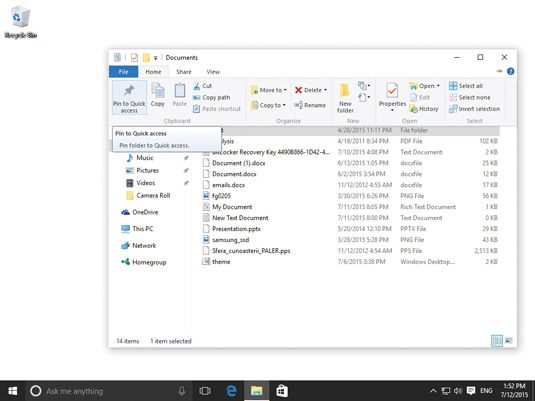

It's worth noting you can disable this behaviour entirely using the two checkboxes above the "Clear" button – the first one disables tracking of recently used files, while the second one will remove the "Frequent folders" section. The Registry allows you to make advanced changes to your system. Method 2: Turn off Quick access page using the Registry. While this method doesn’t completely remove Quick access, it. This will delete the indexes of your recently and frequently used files and folders, so they'll start rebuilding from scratch as you use File Explorer. What is Quick access Method 1: Disable Quick access page in the File Explorer. Under the "Privacy" section, click the "Clear" button to remove your Quick Access history.


To do so, click the File menu in File Explorer and then the "Change folder and search options" button. While Quick Access is handy, sometimes you might want to clear it out and start again. This screen allows you to rapidly access your most used locations, so you don't need to go drilling through directory structures to find that file you opened yesterday. File Explorer in Windows 10 tracks your recent and frequently used files and folders as part of its Quick Access feature.


 0 kommentar(er)
0 kommentar(er)
